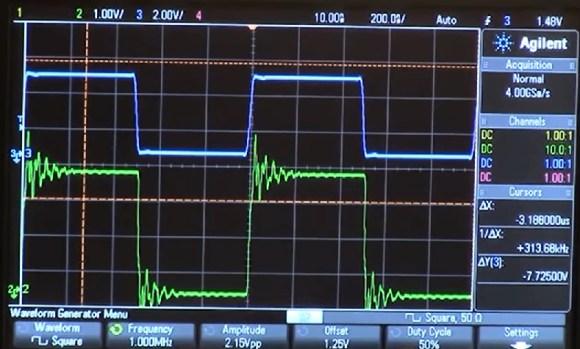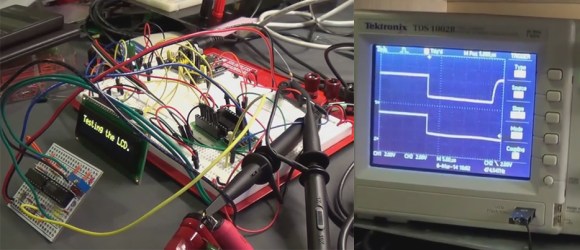We have no intention of wading into the vacuum tube versus silicon debates audiophiles seem to thrive on. But we know a quality build when we see it, and this gorgeous tube preamp certainly looks like it sounds good.
The amp is an attempt by builder [Timothy Cose] to give a little something back to the online community of vacuum tube aficionados that guided him in his journey into the world of electrons under glass. Dubbed a “Muchedumbre” – Spanish for “crowd” or “mob”; we admit we don’t get the reference – the circuit is intended as a zero-gain preamp for matching impedance between line level sources and power amplifiers. Consisting of a single 12AU7 in a cathode-follower design and an EZ81 for rectification, where the amp really shines is in build quality. The aluminum and wood chassis looks great, and the point-to-point wiring is simple and neat. We especially appreciate the neatly bent component leads and the well-dressed connections on the terminal strips and octal sockets. There’s a nice photo gallery below with shots of the build.
As much as we appreciate the miracles that can be accomplished with silicon, there’s still magic aplenty with vacuum tubes. For more thermionic goodness, check out these minimalist homebrew vacuum tubes or these artisanal vacuum tubes.
Continue reading “Simple Vacuum Tube Preamp Results In A Beautiful Build”

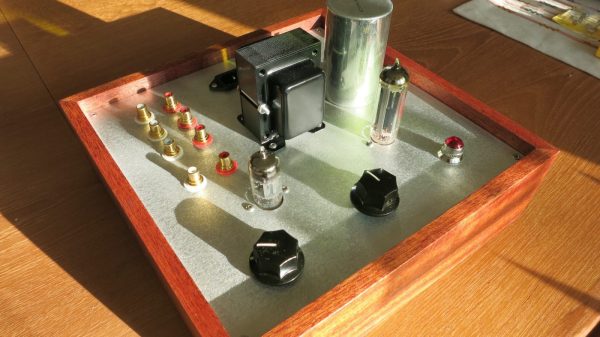
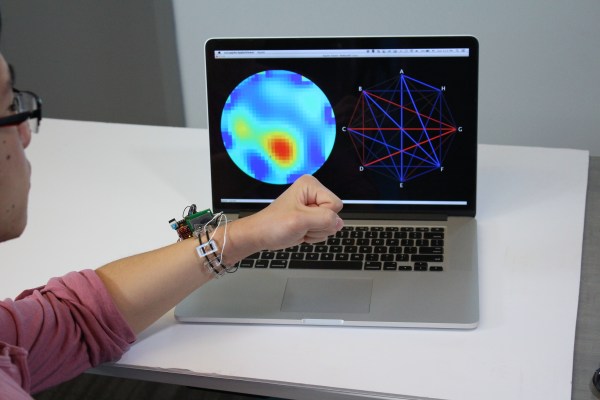
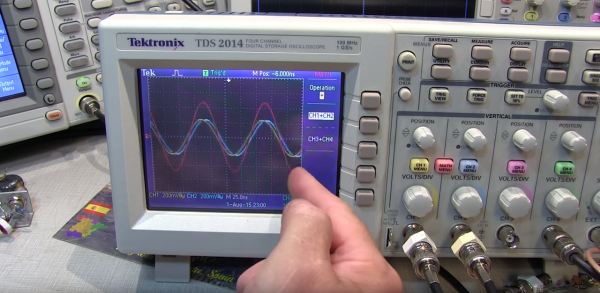
![[Source: Wikipedia]](https://hackaday.com/wp-content/uploads/2015/08/350px-standing_wave_2.gif)

